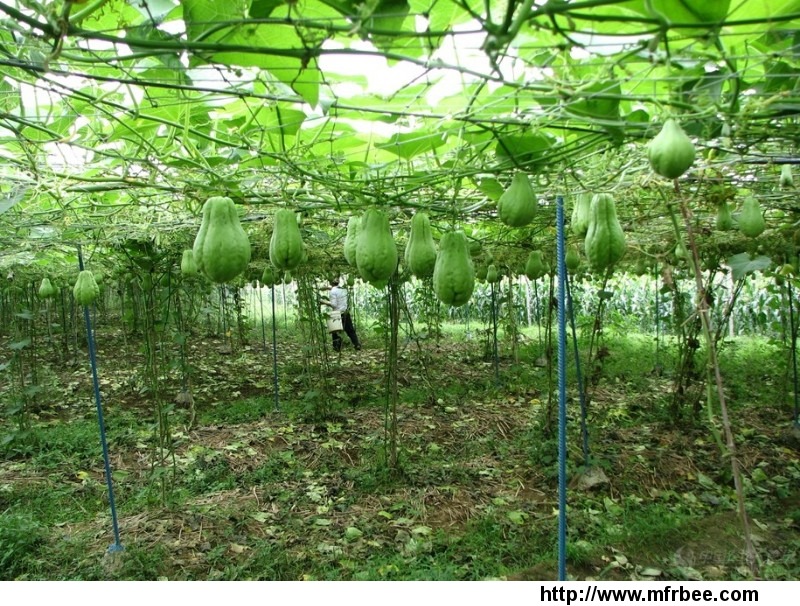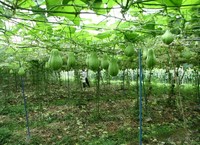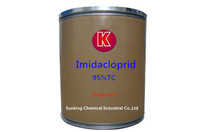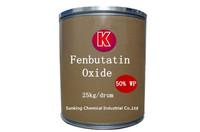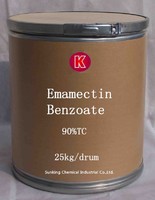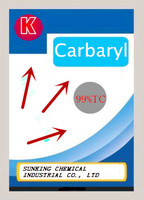Seaweed extract
Specifications
Product characteristic: black brown liquid water soluble PH 8~10 Efficacy: Improve crop’s quality,enhance plants resistance to the disease, regulate the inner part of farm crop environment of balance, stir up the activities of various Mao, promote growth of crops, have the function of anti- fungi and prevention and cure nematode, have the obvious effect together with agrochemical, decline the remaintance of agrochemical, make a fruit. yield 10~30%, improve soil etc.
Description:
Features: 1) Seaweed fertilizer is a kind of natural seaweed extract 2) Rich in protein, amino acid, carbon hydrates inorganic salts, vitamins, plant hormone, polyphenols, polysaccharide active substances 3) Suitable for use with spay fertilizer, root fertilizer, irrigation fertilizer, fruit polisher, pesticide diluter, flower fertilizer, and lawn fertilizer 4) Product can be applied to vegetables, fruits, flowers, tea plants, tobacco, cereal and oil plants, and other horticulture applications
Method of application Foliar spraying: to dilute it with water for 1000-1200 times 20~30 ml/ acre Blunt applying: to dilute it with water for 600-800 times 300~500 ml/ acre Regulation: 1, proper spraying time: sooner or later 2, if it rains after 8 hours after sprayying, spray again. Validity:2 years.
ew Roma�fn�;�p;�.5000pt; mso-font-kerning:1.0000pt; " >Formulation types: DP; GR; SPBiochemistry: Analogue or propesticide of the natural toxin nereistoxin. Nicotinergic acetylcholine blocker, causing paralysis by blocking cholinegic transmissions in the central nervous systems of insects
Mode of action: Systemic insecticide with stomach and contact action. Insects discontinue feeding, and die of starvation
Uses: Cartap hydrochloride is used, at c.a 0.4-1.0kg/ha, for control of chewing and sucking insects (particularly Lepidoptera and Coleoptera), at almost all stages of development, on many crops,including rice (Chilo suppressalis, Cnaphalocroclis, Lissorhoptrus oryzophilus and rice-leaf beetle), potatoes, cabbage and other vegetables(Agromyzidae, Leptinotarsa decemlineata and Plutella xylostella); also on soya beanuts, sunflowers, maize, sugar beet, wheat , pearley, pome fruit, stone fruit, citrus fruit, vines, chestnuts,ginger, tea, cotton, and sugarcane.
Phytotoxicity: May be phytotoxic to cotton, tobacco, and apples, under certain soil and climatic
- Country: China (Mainland)
- Address: Mingshu Rd, Jiangshan Ind Zone, Yinzhou, Ningbo , China
- Contact: Teng Xia
